Dong Thap province has a 50km long border, adjacent to Prey Veng province (Cambodia) with 7 pairs of border gates, including 2 international border gates and 5 secondary border gates. With the view of building and developing the socio-economic border area to become a new driving force for development, Dong Thap province has set specific goals.
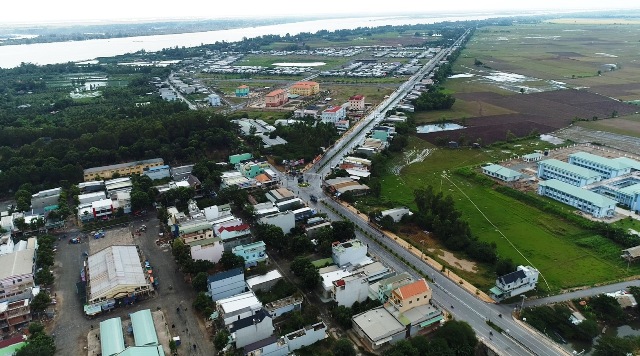
Dong Thap border region thrives from comprehensive development goals. Photo: Internet.
Inheriting and promoting the achievements from Conclusion No. 27-KL/TU dated October 20, 2016 on the orientation of socio-economic development (SE) in the border area of Dong Thap province, period 2016-2020, in 2021, the Executive Committee of the 11th Dong Thap Provincial Party Committee continued to issue Conclusion No. 245-KL/TU with the goal that within 5 years, the SE in the border area will develop in a sustainable direction. Accordingly , by 2025, budget revenue will increase by 10-12%/year; the value of import and export of border trade goods will increase by 8%/year; average income per capita will increase by 9-11%/year; strive for all communes to meet new rural standards and 1 more district to meet new rural standards; the poverty rate will be reduced to below 3%; annually, support jobs for more than 6,150 workers; Complete basic infrastructure to serve socio-economic development, technical infrastructure of border economic zones and border gates, ensure national defense and security.
Tourists visit the 100-year-old shawl weaving village in Long Khanh A commune (Hong Ngu district). Photo: Internet.
The Dong Thap border region has been recording positive changes thanks to the implementation of comprehensive development goals towards sustainability. With a strategic geographical location in the Mekong Delta, bordering Cambodia, Dong Thap not only plays an important role in protecting national sovereignty but is also a place with great potential in economy, culture, and tourism. Comprehensive development efforts have helped this border region to increasingly prosper, improve people's lives and create a solid foundation for stability and prosperity. The Dong Thap border region has applied smart agricultural production models, minimizing environmental impacts such as growing high-quality rice, shrimp-rice rotation models, or aquaculture in tarpaulin-lined ponds. At the same time, people are supported with techniques and linked with businesses to ensure stable output for products. Agricultural cooperatives and cooperative groups are increasingly being replicated, helping people have better access to the market and minimize risks in production. The program "Bringing agricultural products to e-commerce platforms" has also been implemented, supporting people in border areas to bring their products to a larger market. Dong Thap authorities have prioritized social security programs, aiming to improve the lives of people in border areas. Thanks to livelihood support policies, the Dong Thap border area has significantly reduced the poverty rate. Poor households are supported with preferential loans, seedlings, livestock, and training in production techniques. Rural roads, irrigation systems, schools, medical stations, etc. in border areas have been invested in and upgraded. This not only helps people travel conveniently but also opens up many opportunities to connect with neighboring areas. The education and health systems in border communes are focused on. Many programs to support scholarships for poor students, build new schools, and provide medical equipment have helped improve the quality of education and health care for people. The Dong Thap border area is home to many different ethnic groups, with unique cultures and rich natural landscapes. The local government has taken advantage of this potential to develop tourism associated with cultural conservation: Eco-tourism destinations such as Tram Chim Tourist Area, flower and fruit villages have become attractive destinations, attracting domestic and foreign tourists. Traditional festivals of the Khmer, Kinh and Cham people are held annually, contributing to preserving cultural identity and creating more attraction for local tourism. National security and defense is a core factor to ensure sustainable development in the border area. Dong Thap Border Guards have closely coordinated with the government and people in maintaining security and order: Patrolling and monitoring border areas are carried out regularly to prevent smuggling, illegal entry and exit and protect territorial sovereignty. The border guards carry out support programs for people such as "Helping children go to school" and "Border shelter", helping to build trust and solidarity between the border guards and the people. Dong Thap maintains a good relationship with the border provinces of Cambodia, contributing to building a peaceful, friendly and cooperative border. The goal of comprehensive and sustainable development in the Dong Thap border area does not stop at economic development but also ensures a balance between social, environmental and defense factors. Long-term policies, typically: Developing a green economy, minimizing environmental impacts; Building sustainable poverty reduction programs, leaving no one behind; Improving the quality of education, health care and infrastructure; Ensuring national defense and border security in parallel with building friendly neighborly relations. The Dong Thap border area is gradually improving thanks to efforts to build and implement comprehensive and sustainable development goals. With the joint efforts of the government, border guards and people, this border area has not only become a bright spot in terms of economy and society but also an example of solidarity among forces, contributing to firmly protecting national sovereignty and promoting the development of the Mekong Delta./. Kim Oanh

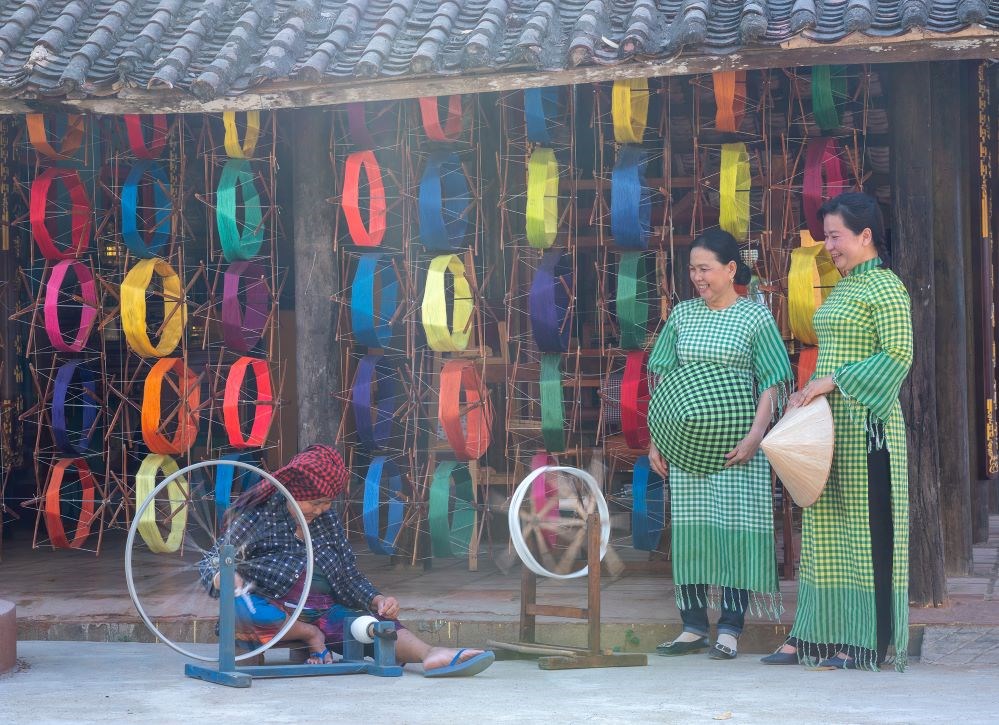






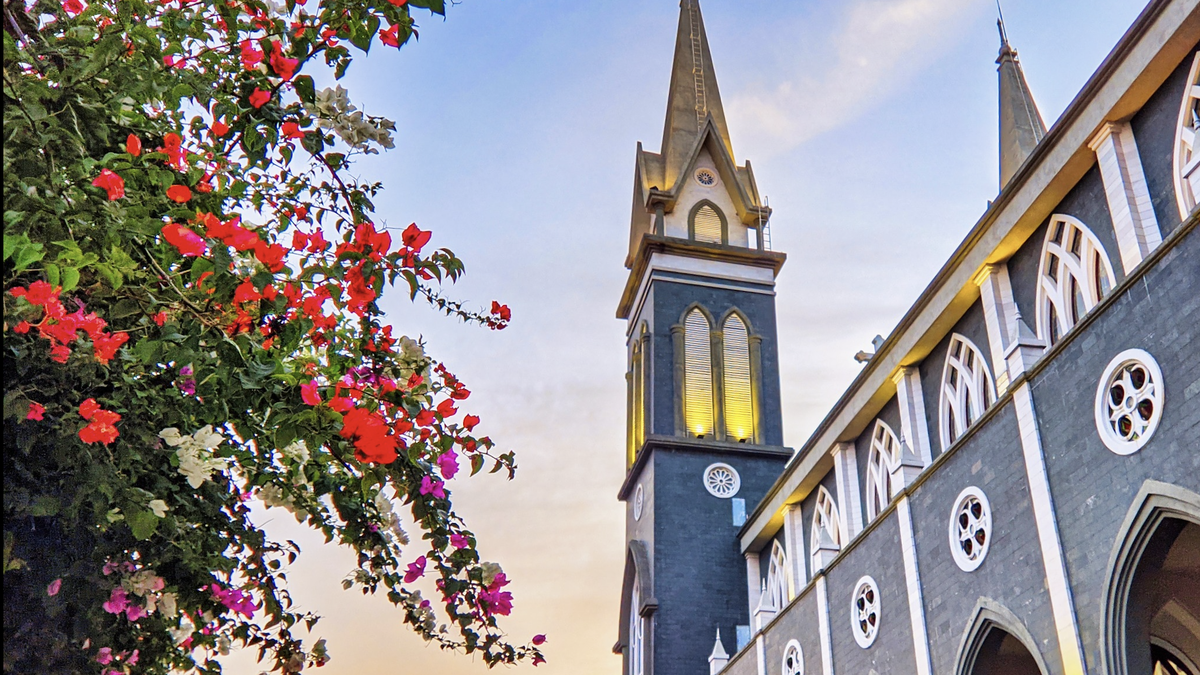
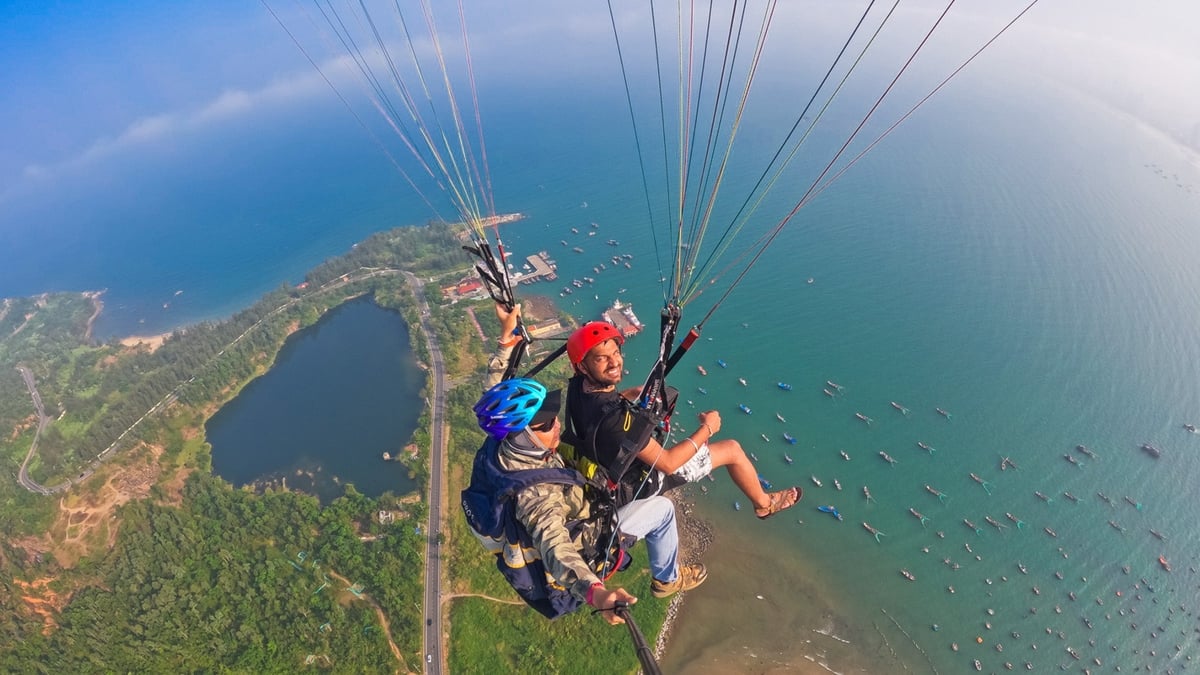
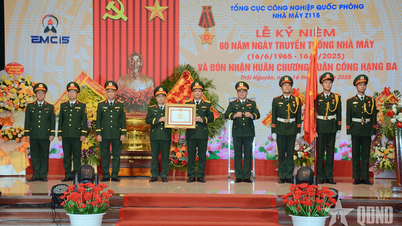

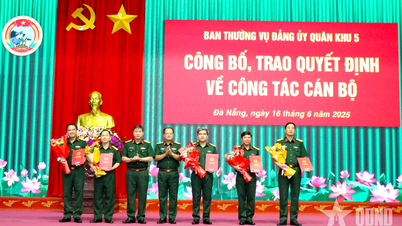
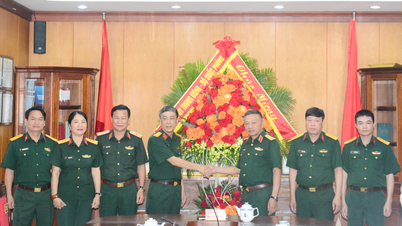
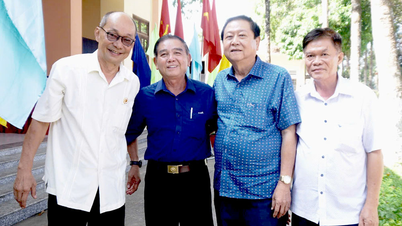
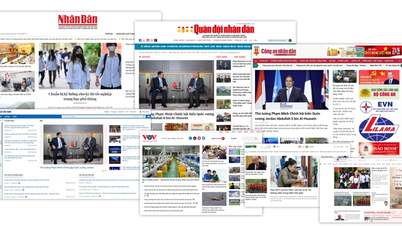





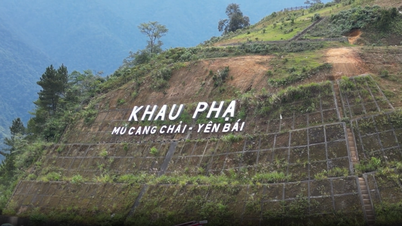

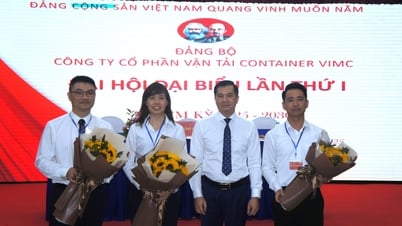

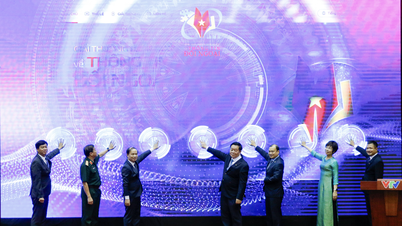




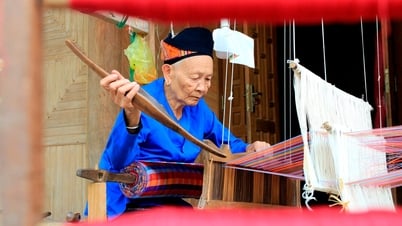



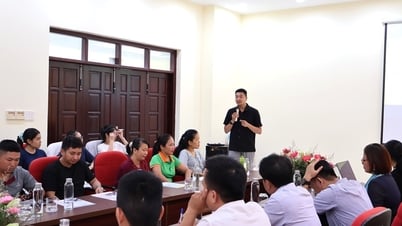



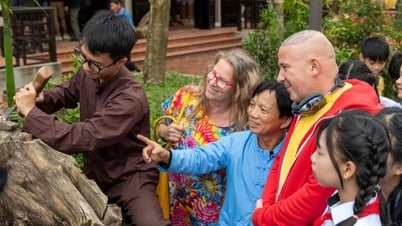












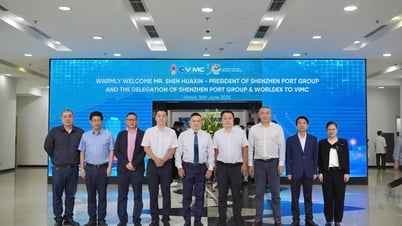


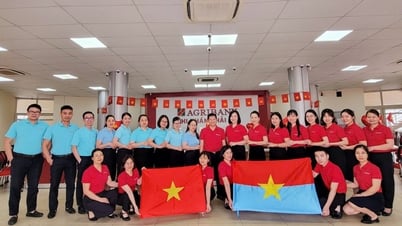

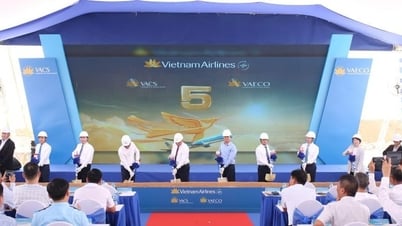

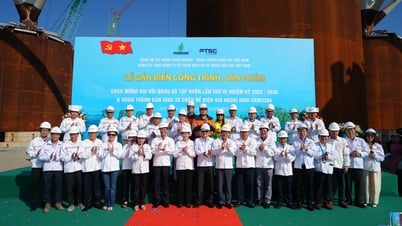

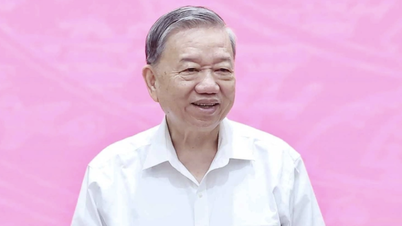
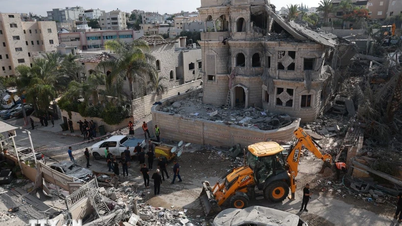
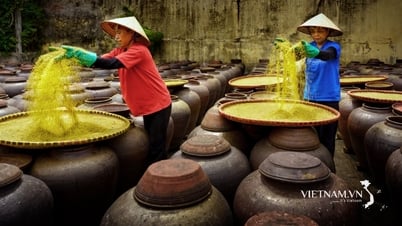

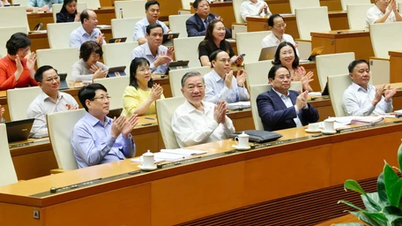


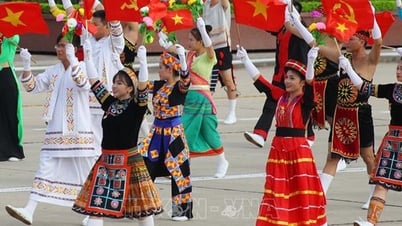






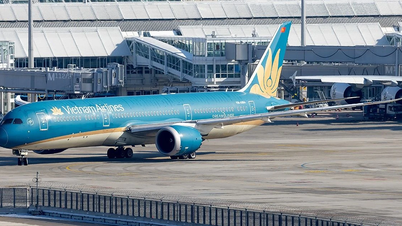

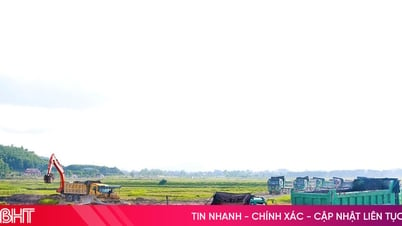

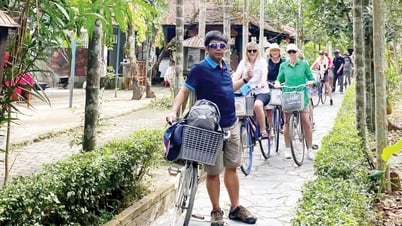


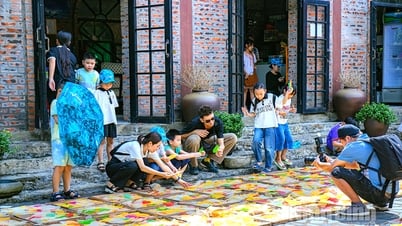












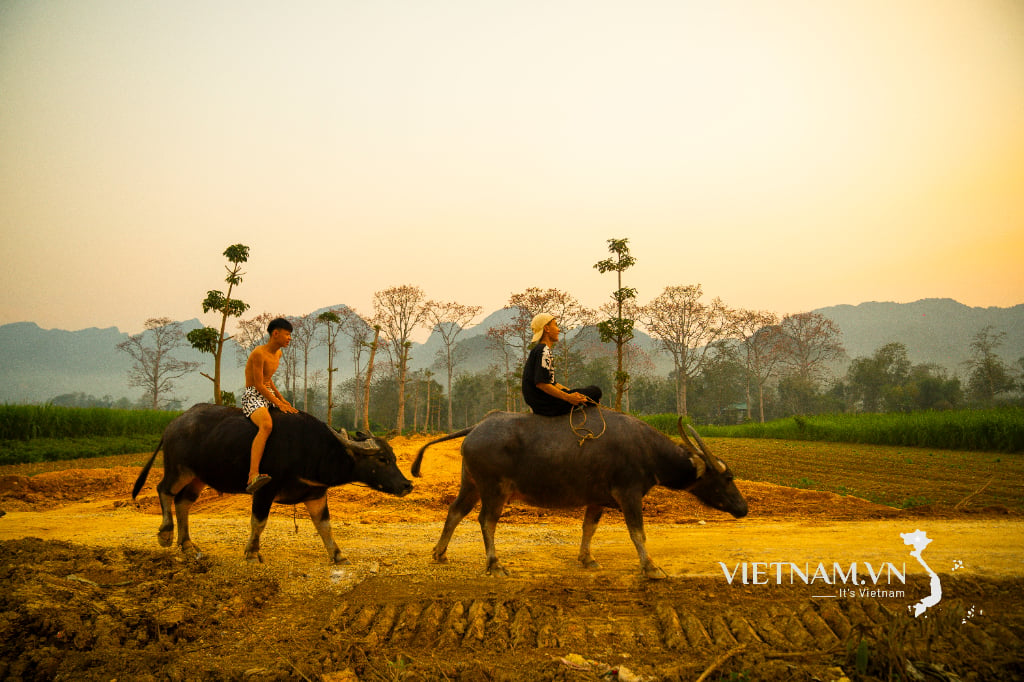

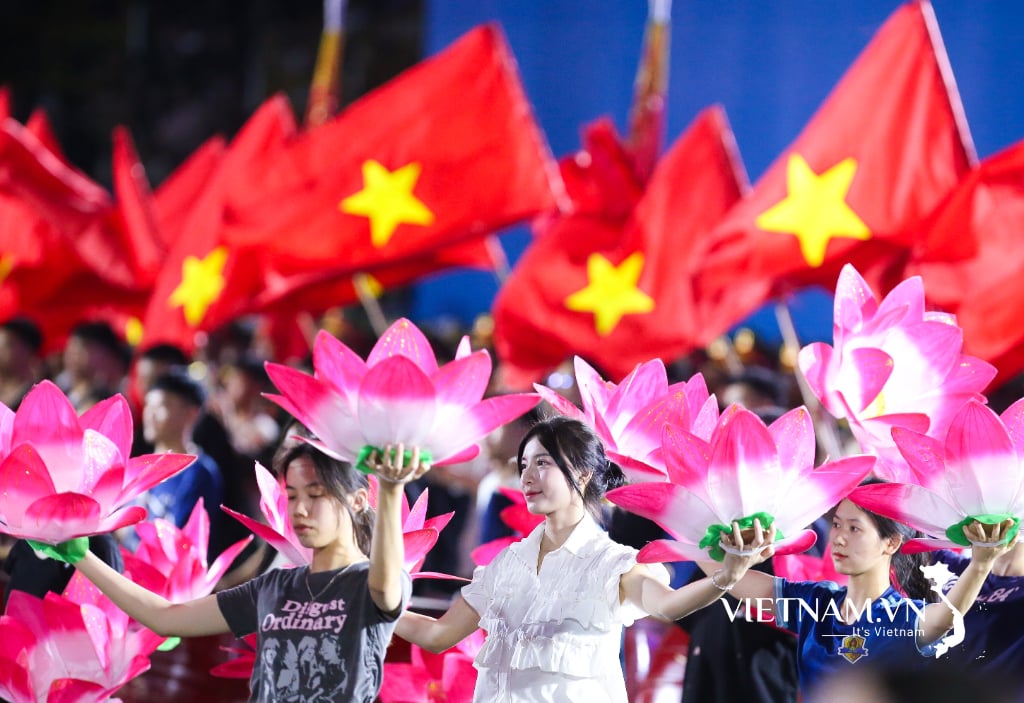

Comment (0)